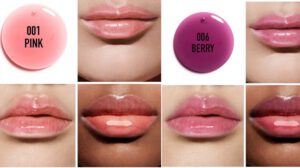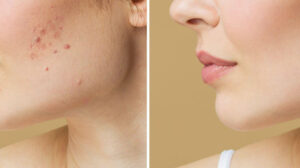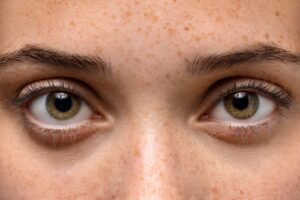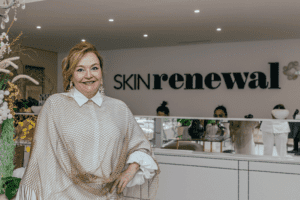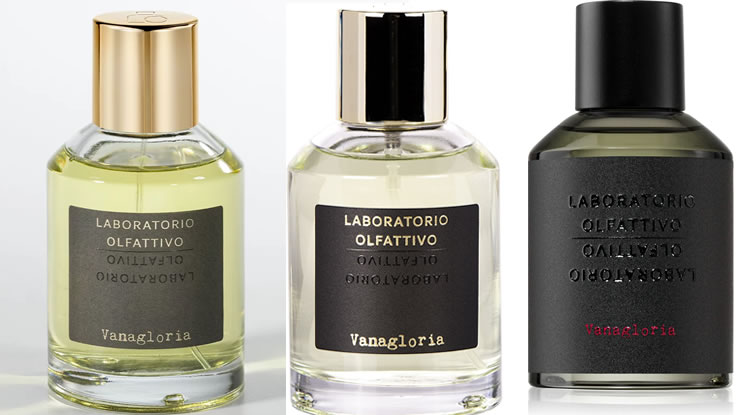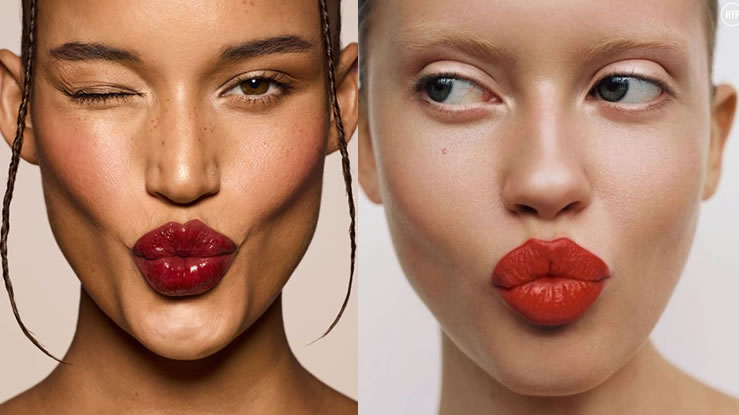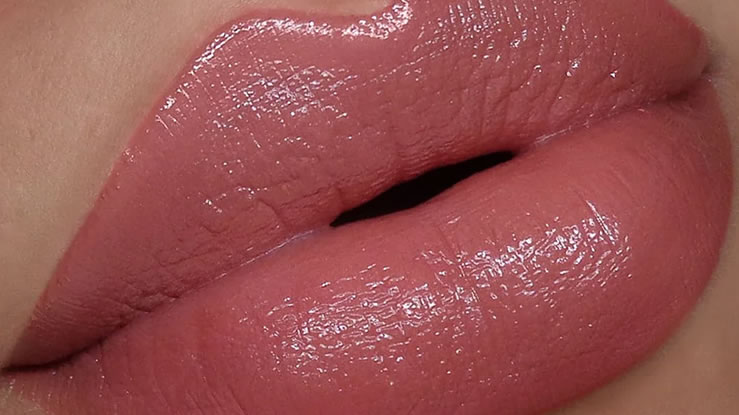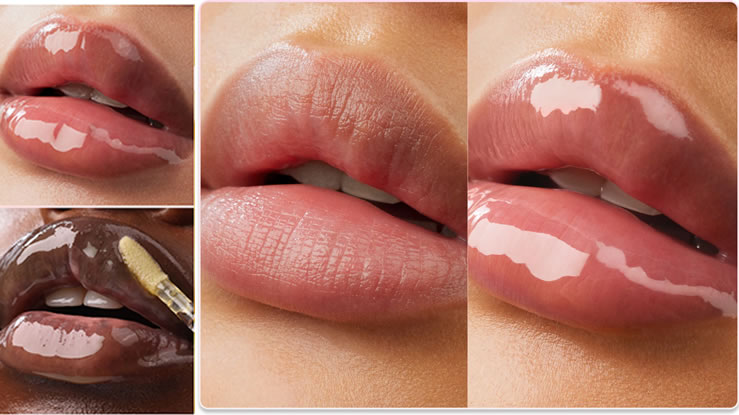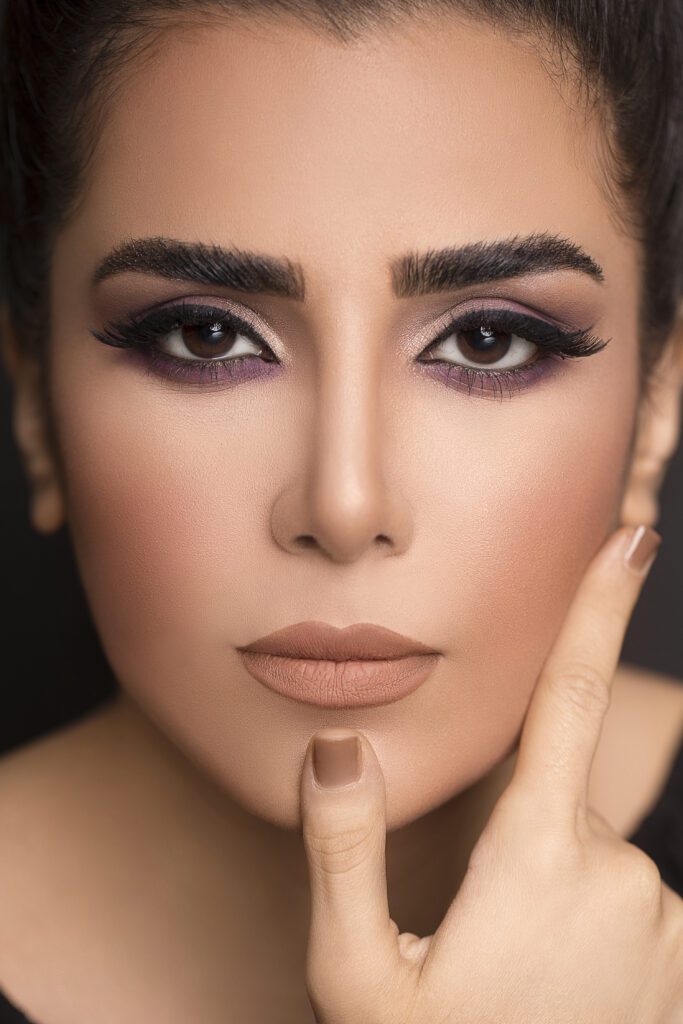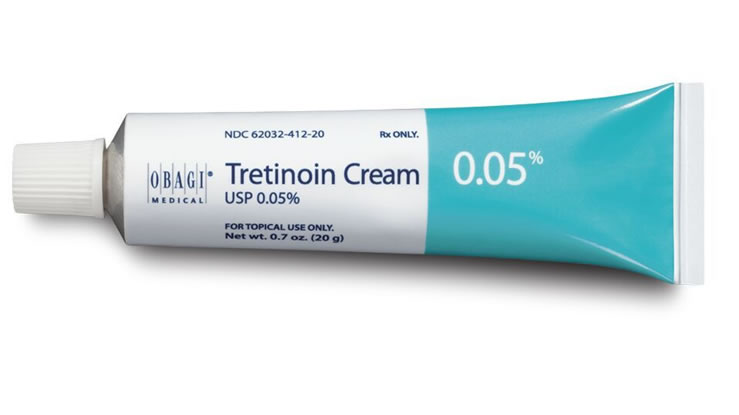Cosmetic surgery can require different types of anesthesia, depending on the type of procedure, the patient’s needs, and the surgeon’s recommendations. Choosing the right anesthesia is key to ensuring a comfortable and safe experience, as well as achieving the best results. Here’s a breakdown of the primary types of anesthesia used in cosmetic surgery, along with their benefits and typical uses.
General Anesthesia
What It Is:
General anesthesia is a full sedation method that renders the patient completely unconscious, preventing any sensation or memory of the procedure. It is usually administered intravenously (IV) or through inhaled gases.
When It’s Used:
General anesthesia is often used for more extensive surgeries, such as:
- Tummy Tucks (Abdominoplasty)
- Facelifts
- Breast Augmentation or Reduction
- Liposuction
Benefits:
- Ensures a completely pain-free experience
- Provides deep sedation for complex and lengthy procedures
- Allows the surgeon more control over complex cases
Considerations:
General anesthesia has a longer recovery time and may require medical monitoring during and after the surgery to ensure safety.
Local Anesthesia
What It Is:
Local anesthesia numbs only the specific area where the procedure is being performed. The patient remains fully awake and conscious but feels no pain in the treated area.
When It’s Used:
Local anesthesia is typically used for minor cosmetic procedures, such as:
- Botox and Dermal Fillers
- Minor Liposuction Areas
- Small Mole Removal
- Scar Revisions
Benefits:
- Quick recovery with minimal side effects
- Allows patients to remain awake and interact with the surgical team if necessary
- Suitable for shorter, less invasive procedures
Considerations:
Local anesthesia is usually limited to smaller procedures and may not be sufficient for more complex surgeries.
Twilight Sedation (IV Sedation)
What It Is:
Twilight sedation, also known as IV sedation or conscious sedation, involves administering sedative medication through an IV line to help the patient relax. Patients typically feel drowsy and may drift in and out of sleep, but they’re not fully unconscious.
When It’s Used:
Twilight sedation is often used for procedures that require more relaxation but don’t need full sedation, including:
- Eyelid Surgery (Blepharoplasty)
- Rhinoplasty (Nose Jobs)
- Minor Facelifts
- Liposuction in Targeted Areas
Benefits:
- Patients experience minimal discomfort with little memory of the procedure
- Faster recovery compared to general anesthesia
- Provides a balance between comfort and safety for procedures that are moderately invasive
Considerations:
Twilight sedation isn’t suitable for highly invasive procedures where deep sedation is needed. It also requires monitoring during the surgery to adjust the sedation level as necessary.
Regional Anesthesia
What It Is:
Regional anesthesia blocks sensation in a larger region of the body, such as the lower body or a specific limb. This anesthesia type is commonly used in combination with sedatives to ensure the patient remains comfortable throughout the procedure.
When It’s Used:
While regional anesthesia is less common in cosmetic surgery, it may be used in specific cases where the procedure is limited to a certain body region, such as:
- Body Contouring in Lower Body
- Extensive Liposuction in Larger Areas
Benefits:
- Allows for a targeted numbing effect while maintaining patient comfort
- Lower risk of side effects compared to general anesthesia
- Faster recovery times with lower risk of nausea and grogginess post-surgery
Considerations:
Regional anesthesia isn’t suitable for procedures that require full sedation. It also requires highly skilled anesthesiologists for precise administration.
Choosing the Right Anesthesia for Cosmetic Surgery
The type of anesthesia used depends on several factors, including:
- Procedure Type: More invasive surgeries generally require deeper sedation.
- Patient Health: Medical history and current health conditions play a role in anesthesia choice.
- Desired Comfort Level: Some patients may prefer deeper sedation to ensure maximum comfort.
- Procedure Duration: Lengthier surgeries often benefit from general anesthesia.
Your surgeon and anesthesiologist will work together to recommend the most suitable anesthesia type based on these factors. Ensuring safety and patient comfort are always the top priorities in any cosmetic procedure.
The right type of anesthesia for cosmetic surgery varies depending on the procedure and the patient’s individual needs. Whether it’s general anesthesia for a more involved surgery or local anesthesia for minor touch-ups, understanding these options helps patients make informed decisions about their care. Consult with your cosmetic surgeon to discuss the anesthesia choices that best fit your procedure and personal comfort level.






